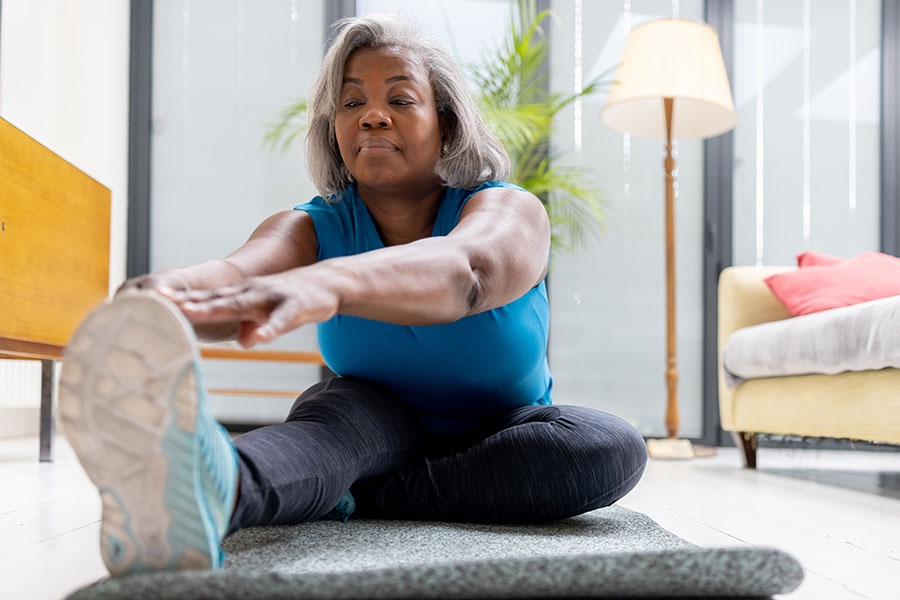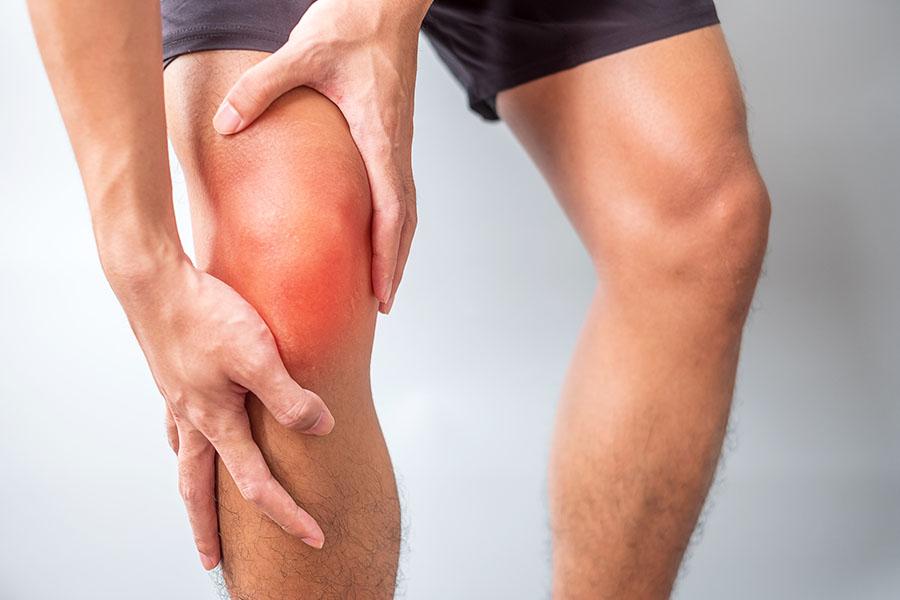What Is a Repetitive Motion & Overhead Injury?
The repetitive movement of throwing, swimming, swinging a racket or hammer, or any other movement that causes the arm to repeatedly arc above the head can create a repetitive motion injury. These types of overuse injuries are some of the most common conditions among athletes and some workers. They include:
- Throwing injuries of the elbow, including Tommy John
- Rotator cuff injuries
- Tendonitis at the shoulder, elbow or wrist
- Bursitis at the shoulder, elbow or wrist
- Ligament injuries at the shoulder, elbow or wrist
Symptoms
The symptoms of a repetitive motion and overhead injury can vary widely based on the source and severity of the injury. Symptoms may include:
- Limited range of movement – Individuals with repetitive motion and overhead injuries may notice weakness with overhead activities at affected joint, such as grip strength, as well as stiffness at the affected joint, such as difficulty lifting your arm over your head, difficulty throwing a ball or pain swinging a hammer.
- Pain – Pain or discomfort at the affected joint with overhead motions and activities.
- Swelling – The area may be inflamed or tender to the touch.
If your pain doesn’t improve after a few days of rest, contact a sports medicine or orthopedic provider. A specialist will work to understand the source and extent of your pain and work closely with you to develop a treatment plan that gets you back to the playing field, work or just your favorite activities.
Treatment Options
A repetitive motion and overhead injury affects more than the arm and shoulder. The entire body is involved during overhead activities, including the shoulder, elbow, arm, legs and core. A sports medicine specialist will evaluate not only your arm or shoulder, but your entire body to effectively treat your injury and avoid future issues.
Treatment options for repetitive motion and overhead injury include:
- Rest – During treatment, you may need to take a break from certain physical activities or modify other activities that require the overhead motion. Sports or activities that do not stress the injury, such as biking, walking or even running, may be recommended to help you maintain your strength and fitness level.
- Physical therapy – A physical therapist can recommend exercises to help strengthen the injured area and areas that support and power the overhead motion, including the legs and core.
- Medication – Anti-inflammatories can help manage symptoms of inflammation.
- Injections – In some instances, your provider may discuss corticosteroid injection as a treatment option to decrease inflammation and improve motion and strength.
- Surgery – Failure of conservative interventions, or some specific injuries may require surgical intervention.
Temple Health Expertise
At Temple Health, we’re pleased to offer the latest advances in surgery and minimally invasive approaches. Our experienced team of surgeons will discuss each surgical approach to determine the procedure that’s right for you, which may include:
- Arthroscopic surgery
- Rotator cuff surgery or revision surgery
- Tommy John surgery
- Labrum surgery
Ready for an Appointment?
If you're experiencing signs or symptoms of a repetitive motion and overhead injury, schedule an appointment or call 800-TEMPLE-MED (800-836-7536) today.
Learn more about our doctors and care team who diagnose and treat repetitive motion and overhead injuries.

